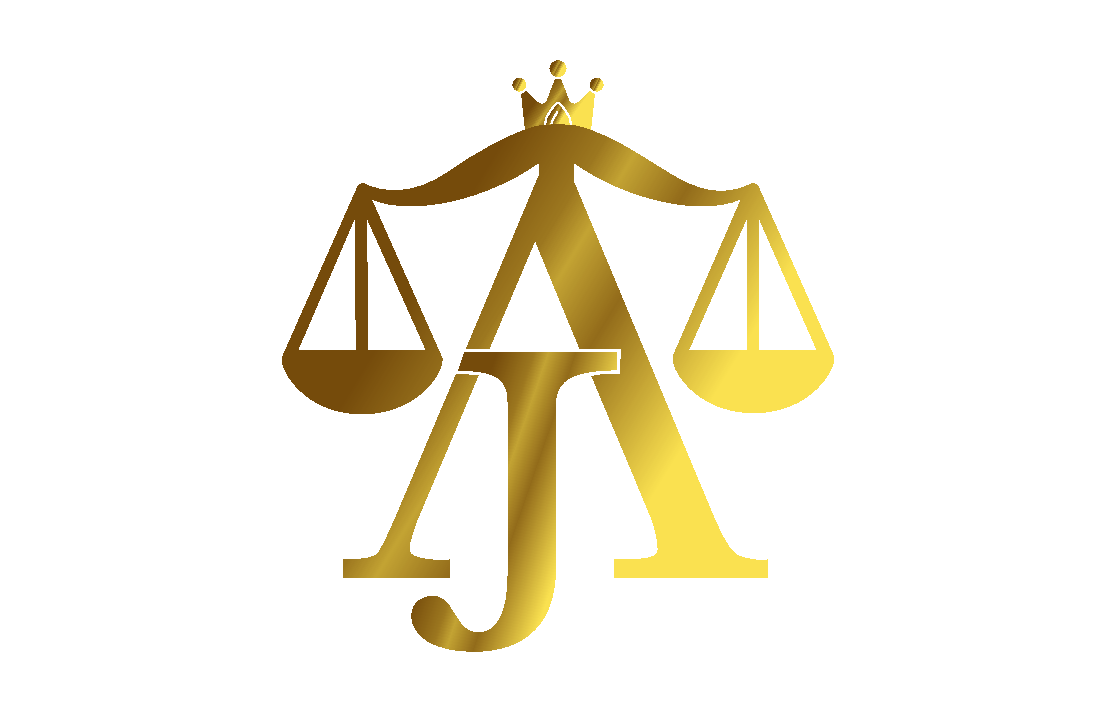Your Guide to Student Visas for Studying in the US: F-1, M-1, and J-1 Explained
The United States boasts a world-class education system, attracting international students from all corners of the globe. If you dream of pursuing your academic or vocational goals in the US, understanding the different student visa options is crucial. This blog post by the Law Office of Adebimpe Jafojo will equip you with the knowledge you need to navigate the student visa landscape.
There are three primary student visas offered by the US: F-1, M-1, and J-1. Each caters to specific types of educational programs, so let's break them down:
F-1 Visa: The Academic Pathway
The F-1 visa is the most common option for international students seeking to enroll in full-time academic programs. This includes universities, colleges, high schools, and other accredited institutions offering degrees or diplomas. To qualify for an F-1 visa, you must:
Be accepted into a SEVP-certified educational institution. (The Student and Exchange Visitor Program ensures institutions meet quality standards.)
Demonstrate sufficient financial resources to cover tuition, living expenses, and other costs throughout your studies.
Maintain a full-time course load (generally defined as 12 credits per semester).
Show evidence of English language proficiency through tests like TOEFL or IELTS (certain exceptions may apply).
M-1 Visa: For Vocational and Non-Academic Training
The M-1 visa caters to students pursuing vocational or non-academic programs. These programs are typically shorter in duration than traditional academic degrees and focus on developing specific skills for a particular trade or profession. Examples include cosmetology training, flight schools, or language programs not affiliated with accredited institutions.
Similar to the F-1 visa, M-1 visa applicants must:
Be accepted into a SEVP-certified program designed for non-academic training.
Demonstrate sufficient financial resources for the program duration.
Maintain a full-time course load as defined by the program.
J-1 Visa: Cultural Exchange and Experiential Learning
The J-1 visa is unique, facilitating cultural exchange and educational experiences rather than traditional academic pursuits. This visa option covers a wide range of programs, including:
High school exchange programs.
Internship and trainee placements.
Government-sponsored exchange programs.
Research scholar programs.
J-1 visas are issued by sponsors designated by the US Department of State. Specific requirements vary depending on the program type, but generally involve:
Acceptance and sponsorship by a designated J-1 program provider.
Meeting any program-specific eligibility criteria (e.g., academic background, work experience).
Funding for your program participation and living expenses.
Choosing the Right Visa: We Can Help
Understanding the differences between F-1, M-1, and J-1 visas is essential for selecting the path that best aligns with your educational goals. The Law Office of Adebimpe Jafojo offers experienced guidance throughout the student visa application process. We can help you:
Determine the most suitable visa option for your program.
Compile the required application documents.
Navigate the intricacies of the application process.
Address any questions or concerns you may have.
Contact us today to schedule a consultation and take your first step towards achieving your academic dreams in the US!

